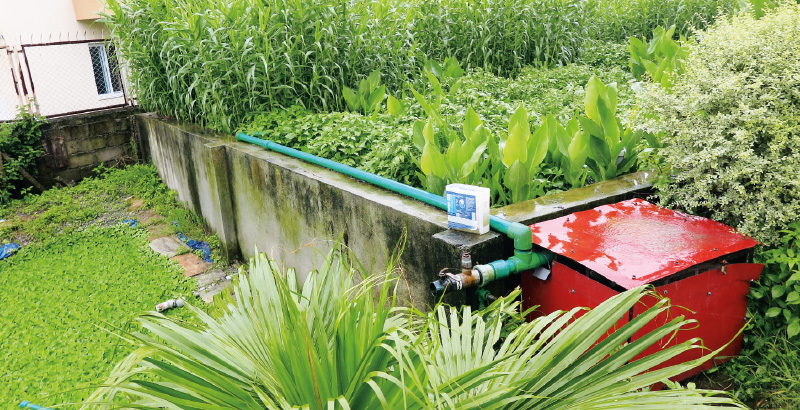”SMART WATER” is a project funded from the Norwegian Financial Mechanisms as part of the REINE programme, running from 2nd August 2021 to 30th June 2022.
The project is coordinated by the non-profit research and training centre METCENAS, o. p. s., its partner being the organisation AVAS, s. r. o., which is responsible for the dissemination and delivery of the results.
”SMART WATER” is focused on information and educational activities contributing to environment protection in terms of reducing the negative impact of human activities on water quality. It comprises two main information lines, reflected in all project outputs, which are particularly represented by the book Does clean water ever exist? A book about what is discovered by labs in aquatic environments, several public education programmes on the Czech radio, two films and a series of expert tutorials.
The first line deals with the impacts of the so-called ”emerging contaminants”, such as pesticides and pharmaceuticals, on the quality of water that we use on a day-to-day basis, including the mechanisms of their entry into surface waters. Real-life risks of how the environment can be affected by these new substances are discussed, in particular potential impacts of their presence in waters on human health as well as the options for their removal from ground and surface waters. Examples of good practice are presented along with instances of removal of pharmaceuticals and pesticides from groundwater by means of natural attenuation.

 Fig. 1. Two artificial wetlands in the village of Zbenice, Czech Republic
Fig. 1. Two artificial wetlands in the village of Zbenice, Czech Republic
The second education line deals with the applicability of constructed wetlands for enhancing local infiltration and final treatment of the infiltrated water. The constructed wetland technology has been developed based on the knowledge of natural wetlands, which are highly dynamic ecosystems where a number of transformations take place and aerobic and anaerobic conditions alternate, resulting
in the purification of wetland water. Constructed wetlands are typically small, simple, low-cost nature-based technologies that are easy to maintain. They are mainly designed for areas for which centralised water treatment technologies are not suitable, and water can be directly infiltrated into the soil. It is for the simplicity and general low-maintenance status of constructed wetlands that they are especially well-suited for Third World countries, where regulations do not oppose infiltration of rainwater and community sewage, and thus the cleansing capacity of constructed wetlands can be fully taken advantage of. It is (not only) these possibilities that the second film, partly set in Nepal, is about.
Fig. 2. Artificial wetland in Satya Sai Sikshya Sadan, Nepal
The activities of the ”SMART WATER” project enhance the competencies of target groups (expert community as well as the general public) in the area of sustainable water management and are a follow-up to the projects promoted by the project coordinator METCENAS, o. p. s., in the field of applied research and the use of nature-based technologies along with non-technological measures for the provision of sufficient amount of good-quality water both for drinking purposes and for agriculture.
For more information about the project and its activities visit www.smartwatercz.eu or social networks: www.facebook.com/smartwcz, twitter.com/smartwatercz or www.instagram.com/smartwatercz.



